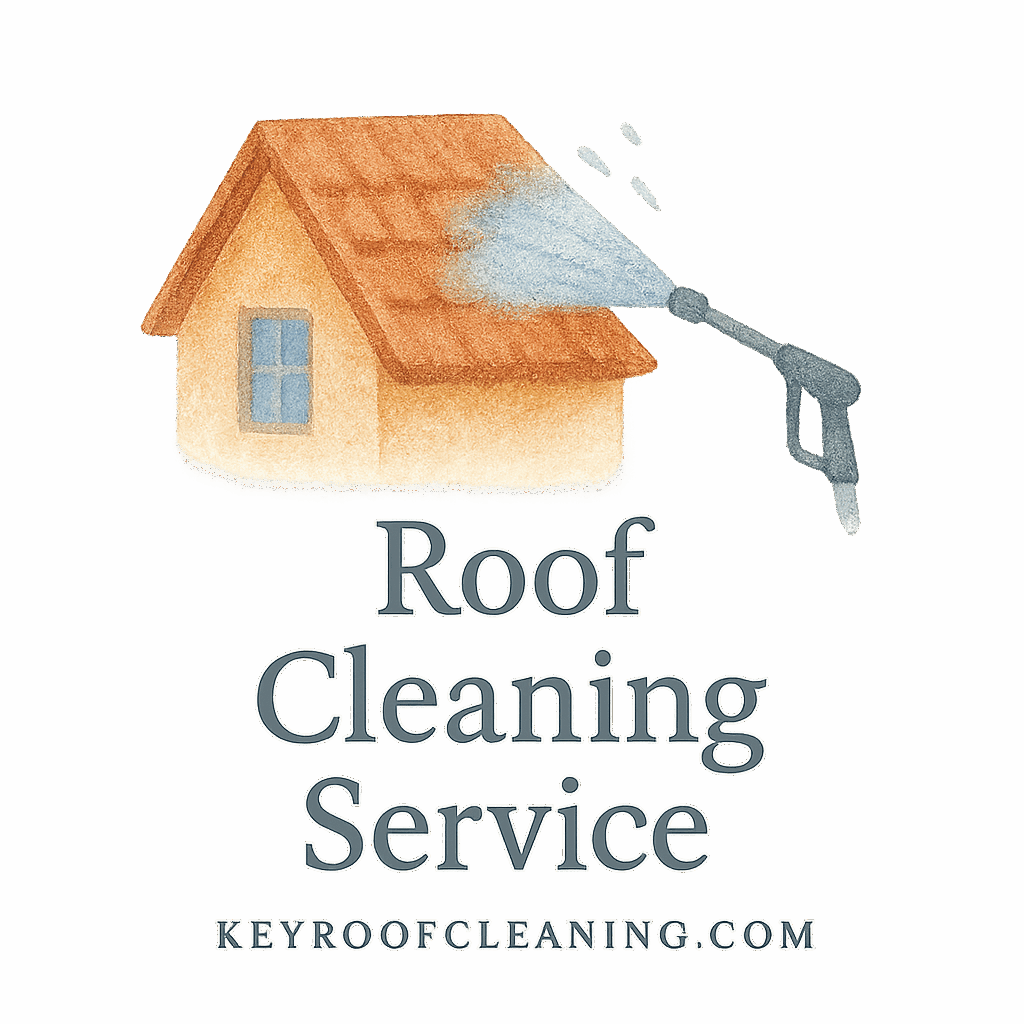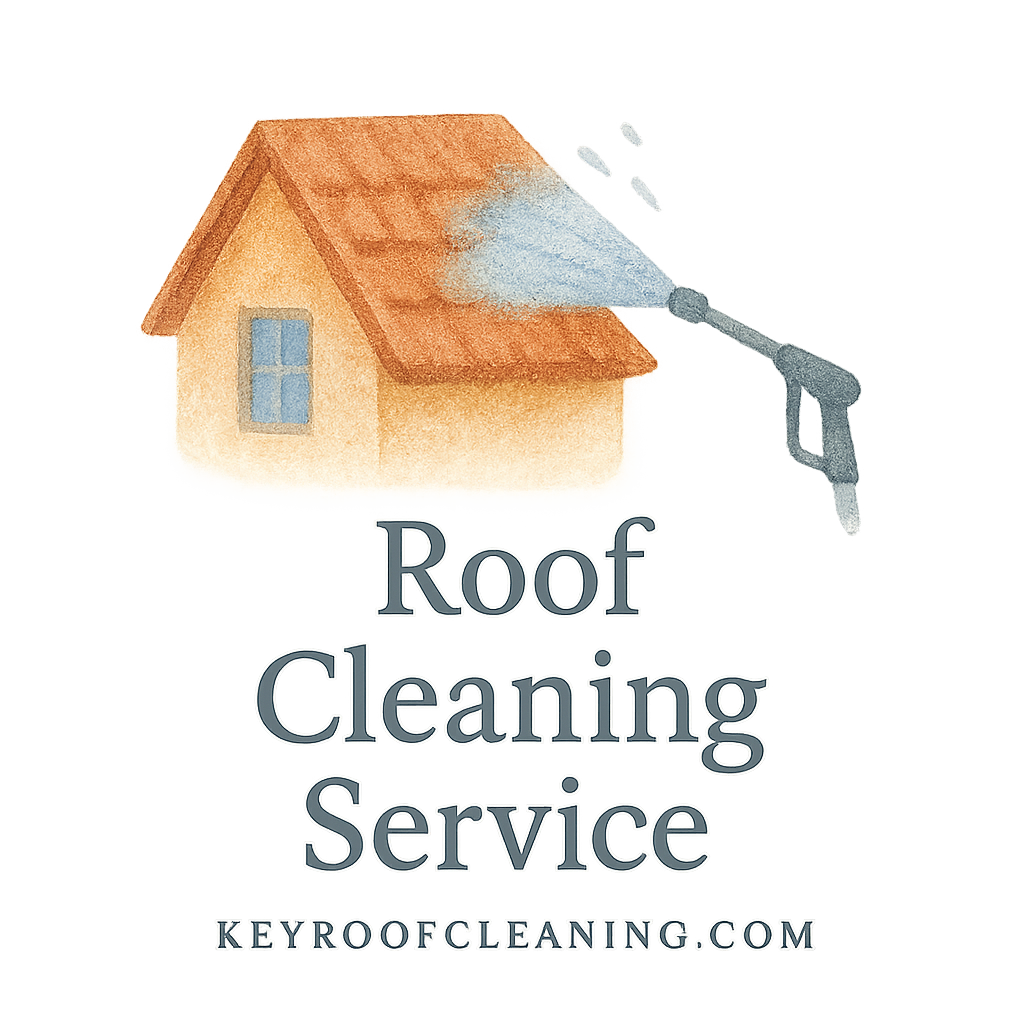Introduction to Roof Cleaning
Ever looked at your roof and thought, “That’s fine, it’s just a little dirty”? Think again! Roof cleaning isn’t just about aesthetics—it’s about preserving your investment. Whether you’re a homeowner or a business owner, keeping your roof clean is key to extending its lifespan and saving money down the line.
Why Roof Cleaning Matters for All Property Types
You wouldn’t skip cleaning your car or your gutters, right? Your roof is no different. A dirty roof can lead to mold, algae buildup, structural damage, and even higher energy bills. So whether it’s your family home or a bustling commercial building, regular roof cleaning is essential.
First Impressions and Longevity
For businesses, the roof can affect curb appeal and customer trust. For homeowners, a clean roof simply makes your house look well cared for. In both cases, cleaning your roof extends its life and prevents costly repairs.
Residential vs Commercial Roofs: A Quick Overview
Before diving into the major differences, let’s look at the basic setup of residential and commercial roofs.
Roof Materials and Structural Design
- Residential roofs often feature asphalt shingles, clay tiles, or wood shakes—each requiring gentle handling.
- Commercial roofs tend to be flat, made of membrane materials like EPDM or TPO, and usually much larger in surface area.
These differences dictate the tools, techniques, and expertise needed.
Difference #1: Roof Size and Accessibility
Equipment Challenges with Large Commercial Roofs
A major difference lies in the scale. Commercial roofs can be tens of thousands of square feet. That’s not your average Saturday DIY task. Large equipment, water tanks, and even power access points are needed.
The Ladder vs Lift Dilemma
For residential jobs, you might only need a ladder. But cleaning commercial roofs safely often requires hydraulic lifts or scaffolding, making it more labor- and equipment-intensive.
Related: Maintenance & Safety Guide
Difference #2: Types of Roofing Materials Used
Asphalt Shingles vs Flat Membrane Systems
Your average home has asphalt shingles that require soft washing—low-pressure water mixed with cleaning solutions. Commercial buildings? Those are mostly flat and require different techniques like foam cleaning or low-pressure membrane-safe washing.
Dive deeper into Roof Types and Materials
Special Handling for Delicate Roof Types
Some homes have delicate roof materials like slate or wood shakes. Using the wrong pressure or chemicals here? Big mistake.
Difference #3: Cleaning Methods and Techniques
Pressure Washing vs Soft Washing
While many people think blasting the roof with water solves the problem, it can do more harm than good. Residential roofs mostly need soft washing to avoid shingle damage. Meanwhile, commercial roofs may benefit from pressure washing or steam cleaning—depending on the material.
Learn more about Cleaning Methods
Green and Biodegradable Methods
Both residential and commercial property owners are increasingly eco-conscious. Using biodegradable cleaners helps minimize environmental impact, especially in areas where chemical runoff is restricted.

Difference #4: Safety Protocols and OSHA Guidelines
Residential Safety Tips
Homeowners are more likely to hire small contractors—or worse, go the DIY route. This puts ladder safety and fall risks front and center.
Be sure to review: Ladder Safety
Industrial Safety Standards for Commercial Jobs
Commercial jobs must comply with OSHA standards. That means certified harnesses, rooftop anchor points, PPE (Personal Protective Equipment), and often a safety supervisor on site.
Explore more about Accident Prevention
Difference #5: Environmental and Sustainability Goals
Eco-Friendly Roof Cleaning Solutions
Many businesses seek eco-friendly certifications or want to market their green credentials. That means using safe, non-toxic products and sustainable methods.
Read more: Green Methods
Regulations on Runoff and Waste Disposal
Unlike residential homes, commercial properties often fall under stricter city and county ordinances regarding runoff and wastewater. Disposal practices must align with environmental laws.
Difference #6: Frequency and Maintenance Schedules
Homeowners’ Annual Roof Maintenance Checklist
For most homes, an annual inspection and cleaning is enough—unless you live under heavy tree cover or in a humid region.
Check out this Roof Cleaning Checklist
Commercial Maintenance Contracts and Planning
Commercial buildings usually require quarterly or bi-annual cleanings. These are often built into long-term maintenance contracts with dedicated professional services to ensure compliance and performance.
Choosing the Right Roof Cleaning Service
What to Look for in a Professional Roof Cleaner
Look for certifications, experience with both types of roofs, eco-friendly practices, and insurance coverage.
Related: Basics of Roof Cleaning
Hiring Tips and Red Flags
Avoid companies that pressure wash everything. Ask about their methods, cleaning agents, and guarantees.
Read: Hiring Tips
Conclusion: Know the Difference, Clean Smarter
Whether it’s your home or your business, knowing the differences between residential and commercial roof cleaning ensures you’re making smart choices. From the size and structure to the methods and regulations involved, it pays to hire the right people using the right methods.
For peace of mind and clean, long-lasting roofs, trust services that prioritize sustainability, safety, and tailored approaches.
Learn more at Key Roof Cleaning
FAQs
1. Can I use the same cleaning method for my home and business roof?
Not really. Home roofs usually need soft washing, while commercial roofs may handle more pressure or different chemicals.
2. Is commercial roof cleaning more expensive?
Yes, due to larger size, stricter safety rules, and equipment needs.
3. Are eco-friendly roof cleaners effective?
Absolutely. Many green living cleaning agents are just as effective and safer for the environment.
4. How often should I clean my commercial roof?
Usually every 3–6 months, depending on local conditions and building usage.
5. What should I check before hiring a roof cleaning service?
Certifications, insurance, method of cleaning, and if they follow OSHA standards.
6. What are the risks of DIY roof cleaning?
Falling, damaging the roof, or using harmful chemicals without knowing it. It’s best to leave it to the pros.
7. Can dirty roofs affect my energy bill?
Yes! Algae and debris can trap heat or block ventilation, raising your energy costs.


